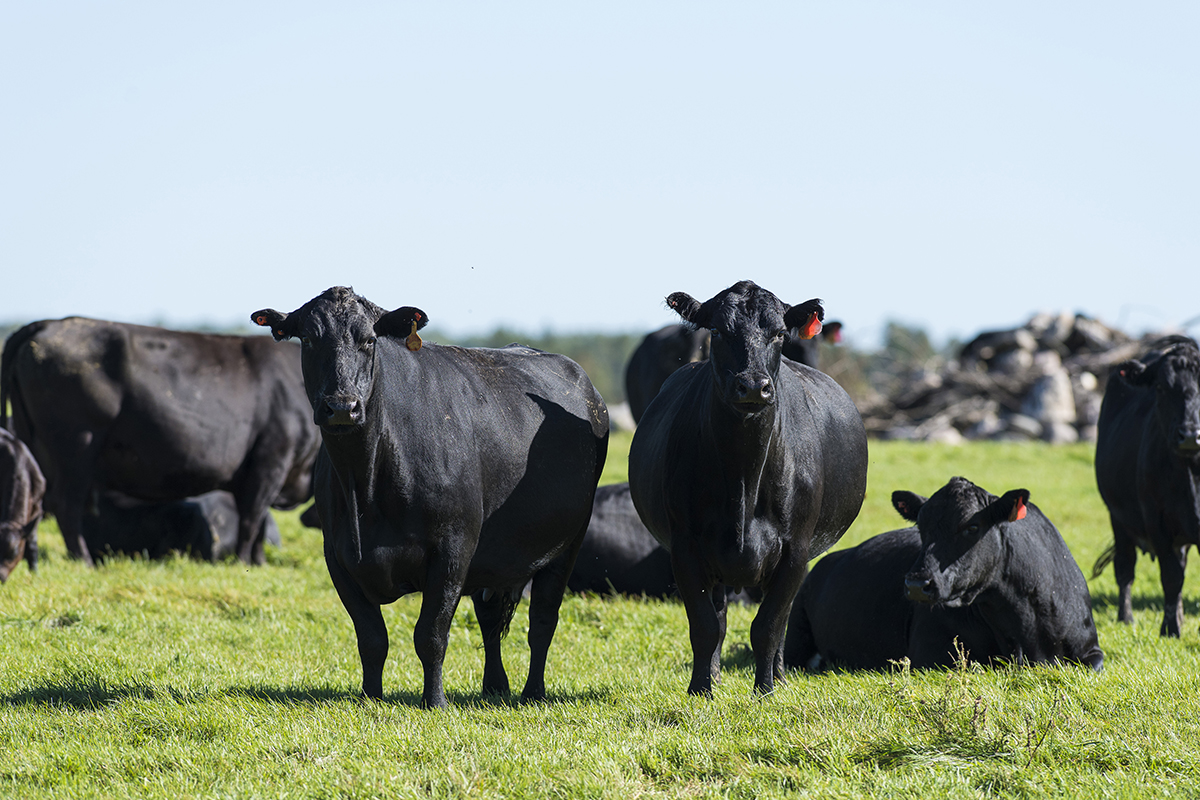As we move from the 2025 Livestock Risk Protection (LRP) insurance year (July 1, 2024, through June 30, 2025) into the 2026 LRP insurance year beginning July 1, 2025, farmers should be aware of several changes that were made to the program.

I have reviewed all of the LRP program modifications and want to highlight a few key changes:
Premium billing date
The premium billing date will now be the first day of the second month after the Specific Coverage Endorsement (SCE) end date.
Drought hardship exemption
This exemption was added to allow a producer to keep coverage on feeder cattle sold more than 60 days prior to the end date of the SCE if:
- the covered cattle are in a county experiencing a drought, and
- drought conditions worsen after insurance attaches
Drought conditions are determined using the Drought Severity and Coverage Index (DSCI), which is based on U.S. Drought Monitor (USDM) data.
There are six drought levels estimated weekly to determine the severity of drought conditions in each area.
To be eligible for the drought hardship exemption, the DSCI must exceed 200 and must have increased by 150 since the effective date of the LRP policy. If you want to learn more about this exemption and the formula used to determine eligibility, please contact me at (605) 940-6517.
Physical possession
In the past, cattle had to be in a farmer’s physical possession to be covered by LRP. New in 2026, forward contracted cattle can now be insured prior to taking physical possession of the cattle.
The insured farmer must receive physical possession of the cattle at least 90 days before the end date of the SCE, and you must be able to provide a copy of the purchase agreement and proof of delivery.
Brokerage records
Insured farmers are required to provide brokerage records to determine if abuse has occurred. Additional language was published describing specific practices that could be used for what they call “subsidy capture.”
Subsidy capture is defined as the practice of exploiting the differences between the premium owed for an SCE and the cost of a privately traded livestock contract, such as a put option, for financial gain.
This is considered abuse of the program and is prohibited.
The key takeaway from this change is that using LRP for normal risk management strategies (i.e., to buy LRP as a fence and sell an out-of-the-money call option) is acceptable.
Another acceptable scenario would be if a producer purchases LRP and, in time, the market moves higher; the producer can purchase a put option at a higher value to establish a higher price floor.
The evolution of Livestock Risk Protection
When it comes to LRP, this is the season for change.
As we move from the 2025 insurance year into the 2026 insurance year, it’s important to keep up with the evolution of LRP.
We did not discuss all of the changes in this article, nor did we cover all of the specifics of the 2026 updates.
To learn more, please give me a call at (605) 940-6517 or reach out. We remain committed to helping you with your Livestock Risk Protection policy needs.



